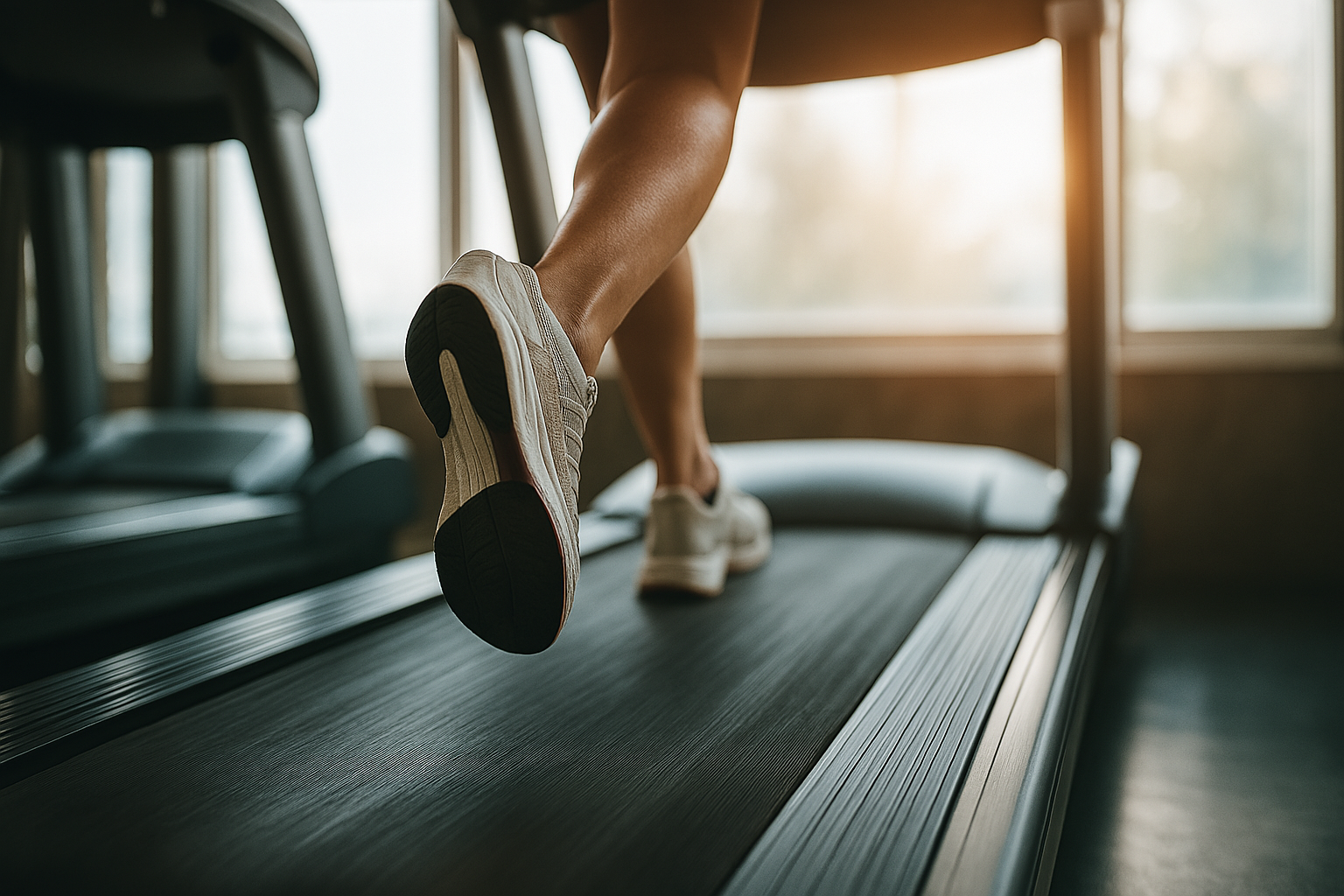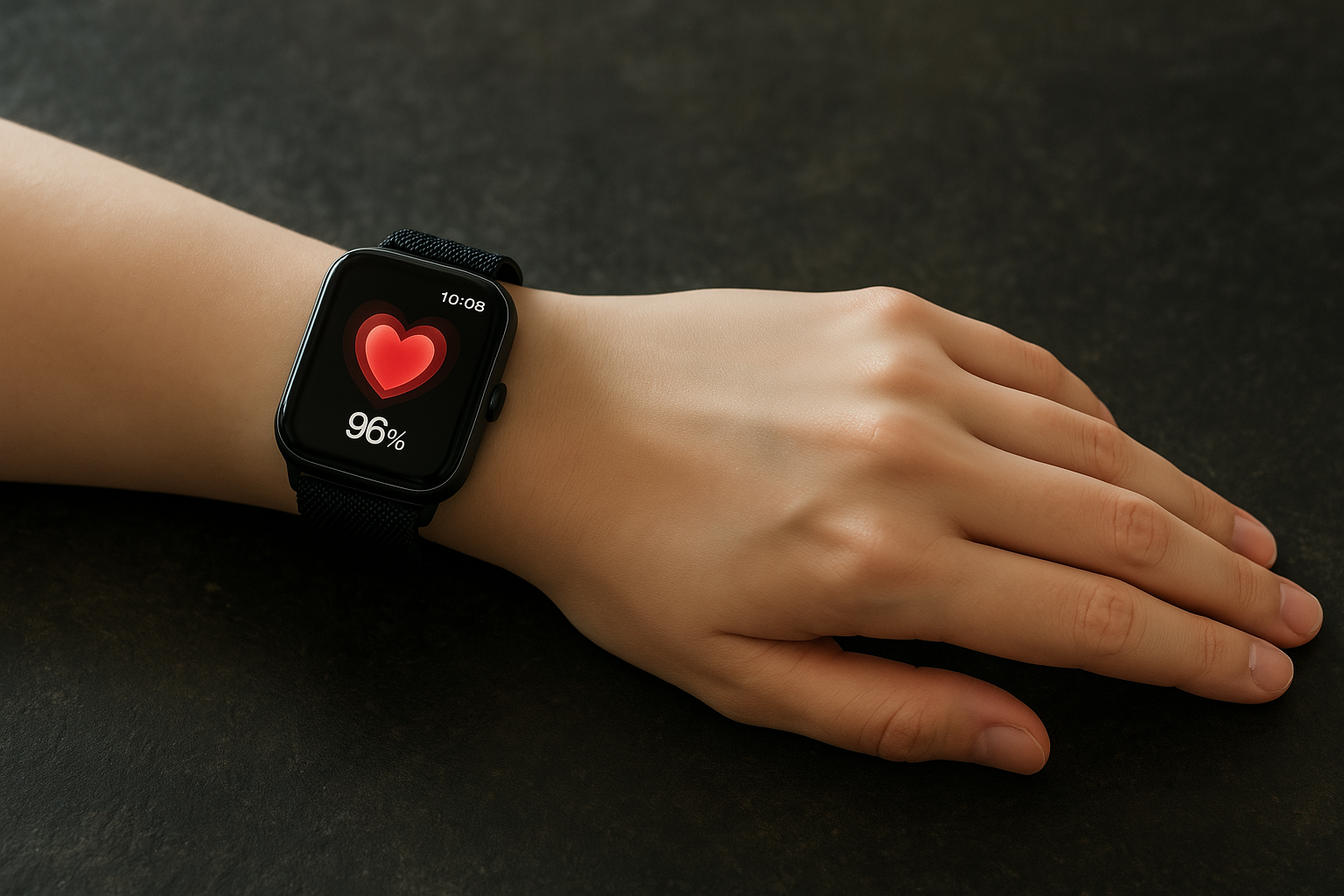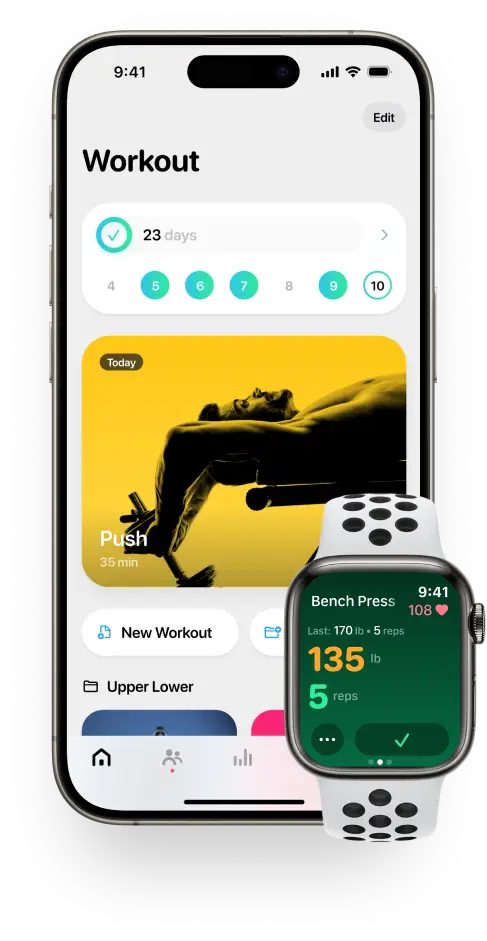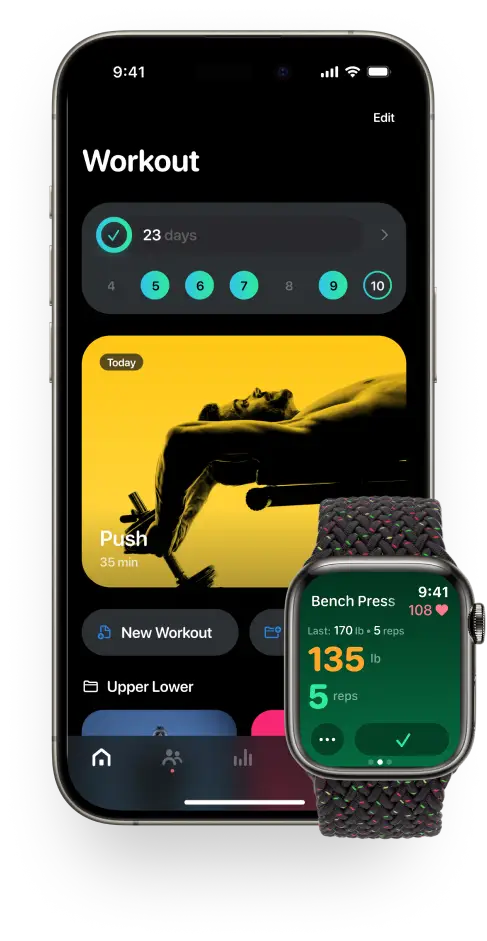Heart Rate Zones: Master Your Workouts with Precision
Ready to take your workouts to the next level? Our Heart Rate Zones Calculator helps you find the perfect intensity for your fitness goals, whether you're aiming for fat loss, endurance, or peak performance. Start optimizing your training and get the most out of every session!
Have you ever wondered if you’re making the most of your workouts? Whether you’re crushing cardio or building endurance, understanding your heart rate zones can help you train smarter, not harder.
Heart rate zones are a science-backed way to tailor your intensity, optimize results, and avoid overtraining. This guide will break down everything from maximum heart rate (MHR) to calculating your target heart rate (THR) and more. Ready to unlock your workout potential? Let’s get into it!

What Are Heart Rate Zones?
Heart rate zones are ranges of beats per minute (BPM) that indicate how intensely your heart is working during exercise. They’re typically divided into five levels, each offering unique benefits:
Zone 1: Rest or Recovery (50–60% of MHR)
- Description: This is a low-intensity zone, often referred to as the recovery zone. It includes activities such as walking or gentle stretching, where you can easily maintain a conversation.
- Ideal for: Recovery days, warming up, cooling down, or individuals just starting their fitness journey.
- Physiological Benefits: In Zone 1, the body primarily uses fat as fuel. It's perfect for improving circulation, aiding in muscle recovery, and laying the foundation for higher-intensity workouts. Though it doesn’t provide a significant cardiovascular challenge for well-trained athletes, it’s beneficial for beginners and helps in keeping the heart healthy.
Zone 2: Fat Burn (60–70% of MHR)
- Description: This zone is often called the "fat-burning" zone due to the higher percentage of fat used as fuel. Activities like brisk walking, light jogging, and steady cycling fall into this range.
- Ideal for: Weight loss and improving aerobic capacity. It’s perfect for steady-state cardio and endurance-building workouts.
- While it is effective for fat loss, Zone 2 also enhances the body’s ability to sustain longer periods of exercise. Additionally, it helps to increase the efficiency of the cardiovascular system and builds endurance.
Zone 3: Aerobic Zone (70–80% of MHR)
- Description: At this moderate-to-high intensity, you’re working hard enough that your breathing becomes more labored, but you can still manage short bursts of conversation.
- Ideal for: Building aerobic endurance. Common activities include running, cycling, swimming, and steady exercises that require sustained effort.
- Physiological Benefits: This zone strengthens the heart and lungs, improving your ability to take in and utilize oxygen. It also enhances cardiovascular and respiratory efficiency. Training in Zone 3 boosts aerobic capacity and helps the body better utilize both fat and carbohydrates for energy, making it a key zone for endurance athletes.
Zone 4: Anaerobic Threshold (80–90% of MHR)
- Description: High-intensity activities like interval training or sprinting push your heart rate into Zone 4. It’s a challenging zone where you can only speak a few words at a time.
- Ideal for: Improving speed, power, and lactate threshold. Examples include HIIT (High-Intensity Interval Training) workouts, tempo runs, and intense cycling or swimming intervals.
- Physiological Benefits: In Zone 4, the body primarily uses carbohydrates for fuel, and lactic acid builds up in the muscles. Training in this zone enhances anaerobic endurance, increasing the body’s ability to perform high-intensity efforts for longer periods before fatigue sets in. It also raises the lactate threshold, enabling you to maintain faster paces in higher zones without as much discomfort.
Zone 5: Red Line (90–100% of MHR)
- Description: This zone represents maximal effort. Activities like sprints, all-out HIIT, and explosive bursts push you to your limits.
- Ideal for: Athletes looking to maximize speed and power. It’s used for short bursts of intense activity, such as sprints or high-intensity interval training (HIIT) sessions.
- Physiological Benefits: Zone 5 is where your body operates at its highest output, using anaerobic energy systems for quick bursts of power. Training in this zone improves maximum aerobic capacity (VO₂ max) and anaerobic power, pushing the limits of your cardiovascular and muscular systems. While it’s not sustainable for long periods, regular training in this zone can significantly improve athletic performance in sports requiring speed and explosive power.
Each zone serves a purpose. By training within the right zone, you can align your workouts with your fitness goals, whether that’s weight loss, improved endurance, or peak performance.
What Is Maximum Heart Rate (MHR)?
Your maximum heart rate (MHR) is the highest number of beats your heart can handle in one minute. It acts as your workout ceiling, guiding your training intensity. While you won’t spend much time near your MHR, knowing it helps determine your target heart rate zones.
The simplest way to estimate your MHR is with this formula:
- MHR = 220 - your age
For example: If you’re 40 years old, your estimated MHR is 220 - 40 = 180 BPM
This formula is a good starting point, but individual factors like fitness level, genetics, and medication can influence your true MHR. Fitness trackers or lab tests can provide a more accurate measurement.

Why Is It Important to Monitor Your Heart Rate?
Tracking your heart rate offers more than just a cool stat for your fitness tracker. Here’s why it matters:
Prevent Overtraining: Avoid burnout by staying within safe intensity levels.
Maximize Efficiency: Tailor your workouts to hit specific goals like fat loss or endurance.
Gauge Fitness Progress: A lower resting heart rate over time indicates improved cardiovascular health.
Spot Potential Health Issues: Consistently high or irregular heart rates may signal underlying conditions.
Heart rate monitoring isn’t just for elite athletes: it’s for anyone who wants to work out smarter.
How to Track Your Heart Rate
Tracking your heart rate is easier than ever, thanks to modern technology and simple DIY methods. Here are your best options:
- Fitness Trackers and SmartwatchesDevices like Fitbit, Garmin, or Apple Watch continuously monitor your heart rate during workouts and at rest. They provide real-time data and even alert you if your heart rate spikes unexpectedly.
- Chest Strap MonitorsThese are the gold standard for accuracy, particularly during high-intensity workouts. Chest straps sync with apps or fitness equipment to give precise readings.
- Manual Pulse Check
- Place two fingers (not your thumb) on your wrist or neck.
- Count the beats for 15 seconds and multiply by four to calculate BPM.
- This method is quick, but it’s best used during rest or light activity.
- Gym EquipmentMany treadmills, ellipticals, recumbent and upright bikes have built-in sensors to track your heart rate while you work out.

How to Calculate Your Target Heart Rate (THR)
Your target heart rate (THR) is the sweet spot where your workout intensity aligns with your goals. Here’s how to calculate it:
- Find your MHR using the formula above.
- Determine your desired heart rate zone based on your goals (e.g., Zone 2 for fat burning).
- Multiply your MHR by the percentage for that zone.
So, for a 30-year-old (MHR = 190 BPM), aiming for Zone 3 (70–80%):
- 70% of 190 = 133 BPM
- 80% of 190 = 152 BPM
Their THR for Zone 3 would be 133–152 BPM.
That’s the math behind it, but just like our one-rep max article, you can use the nifty calculator below to make things easier.
Heart Rate Zones Calculator
Understanding your heart rate zones is crucial for optimizing your workouts and tracking your cardiovascular health.
What Happens If Your Heart Rate Exceeds MHR?
If your heart rate spikes above your MHR, don’t panic: it’s normal during intense activity or in hot weather. However, sustained or frequent spikes could signal overexertion or health issues. Here’s what to do:
Pause and Recover: Stop the activity, hydrate, and focus on deep breathing.
Evaluate Your Workout Routine: Are you overtraining or skipping warm-ups?
Consult a Professional: Persistent issues may require medical advice.

Factors That Influence Heart Rate
Heart rate isn’t just about exercise. Other factors can elevate or lower it:
- Hydration Levels: Dehydration forces your heart to work harder.
- Sleep Quality: Poor sleep can increase resting heart rate.
- Stress: Emotional or physical stress raises your heart rate.
- Caffeine and Stimulants: Although pre-workout for cardio and weightlifting can be beneficial, these sorts of stimulants temporarily spike BPM.
How to Incorporate Heart Rate Zones Into Your Workouts
- For Beginners: Stick to Zones 1/2 to build endurance without overexertion.
- For Fat Burning: Spend most of your time in Zone 2.
- For Performance: Alternate between Zones 3/4 with interval training.
- For Recovery: Use Zone 1 to cool down and promote blood flow.
By aligning your heart rate zones with your fitness goals, you’ll see better results in less time.
FAQs About Heart Rate Zones
Q: What equipment do I need to track my heart rate?
A: A fitness tracker or chest strap monitor is ideal, but you can also manually check your pulse.
Q: Can I train in multiple zones in one session?
A: Yes! Interval training alternates between zones for variety and effectiveness.
Q: How often should I monitor my heart rate?
A: Aim to track it during workouts and periodically at rest to assess fitness improvements.
Q: What’s a healthy resting heart rate?
A: For most adults, a resting heart rate between 60–100 BPM is considered normal.
Q: Can heart rate zones change as I get fitter?
A: Yes! Improved fitness often lowers your resting heart rate and increases your efficiency in higher zones.

The Takeaway
Heart rate zones are the ultimate guide to smarter, more effective workouts. By understanding your maximum heart rate (MHR) and calculating your target heart rate (THR), you can tailor every session to align with your fitness goals. Whether you’re aiming to torch fat, build endurance, or hit new performance highs, heart rate training ensures you’re working smarter.
Ready to conquer the body of a Greek god? We’ve made it simple to work on customized fitness plans or to introduce a little friendly competition to your fitness community by sharing exercises with your friends. Get started for free through the Flex fitness app.
Related articles


Get fit with Flex
Build muscle & lose weight fast for free.
Available on iPhone + Apple Watch





